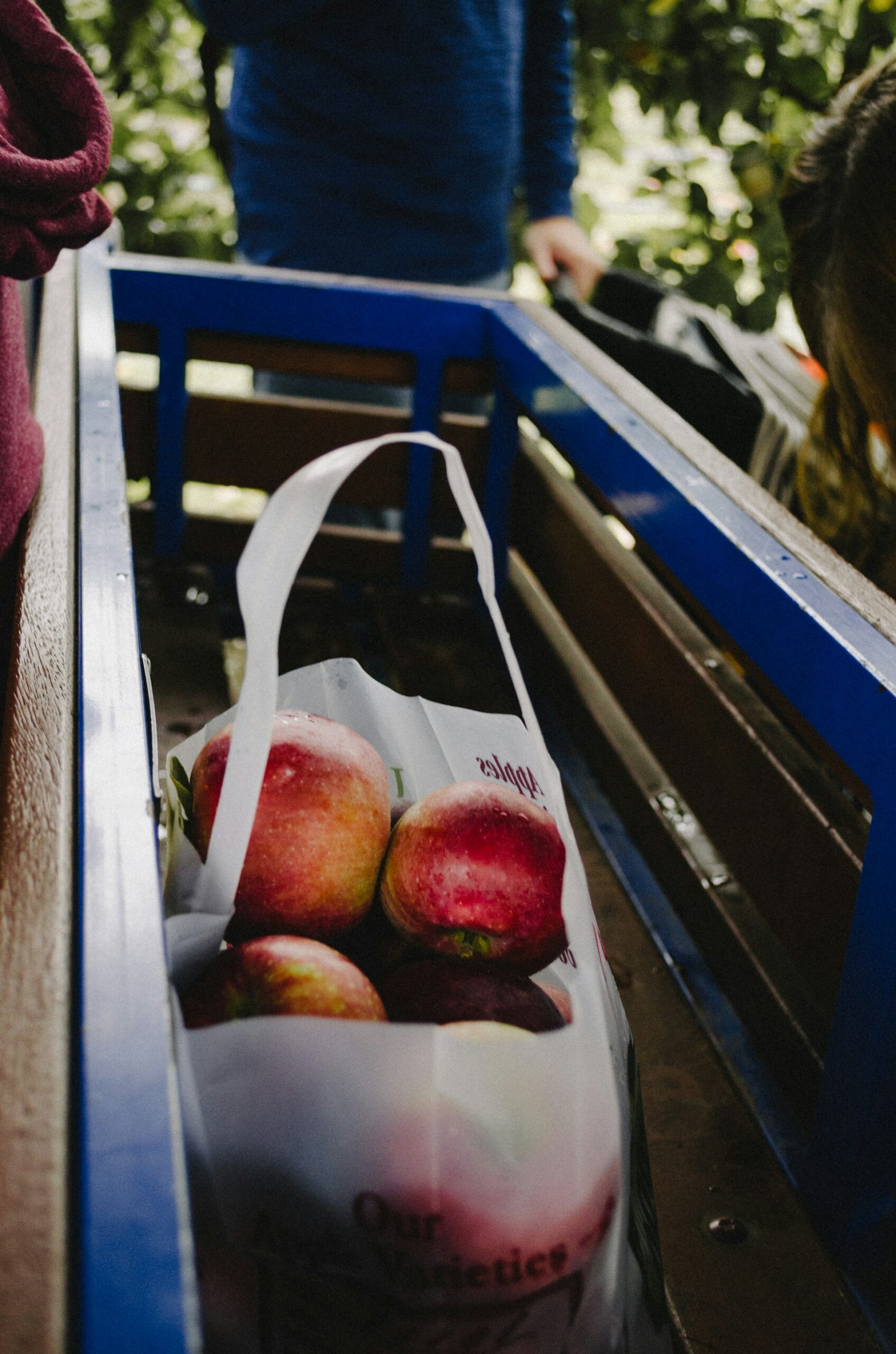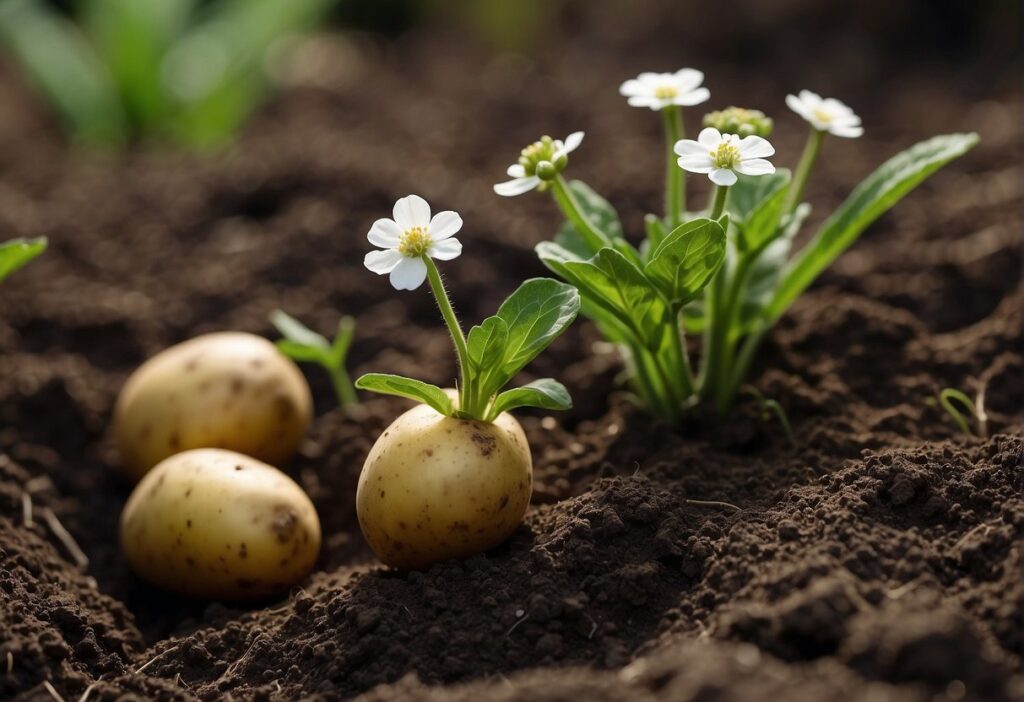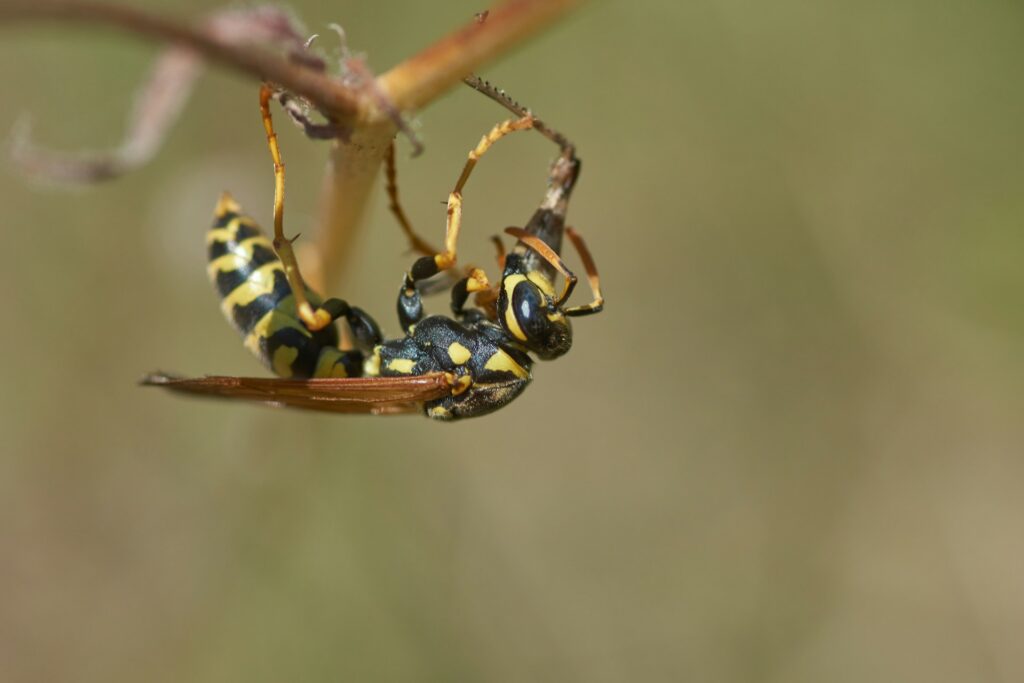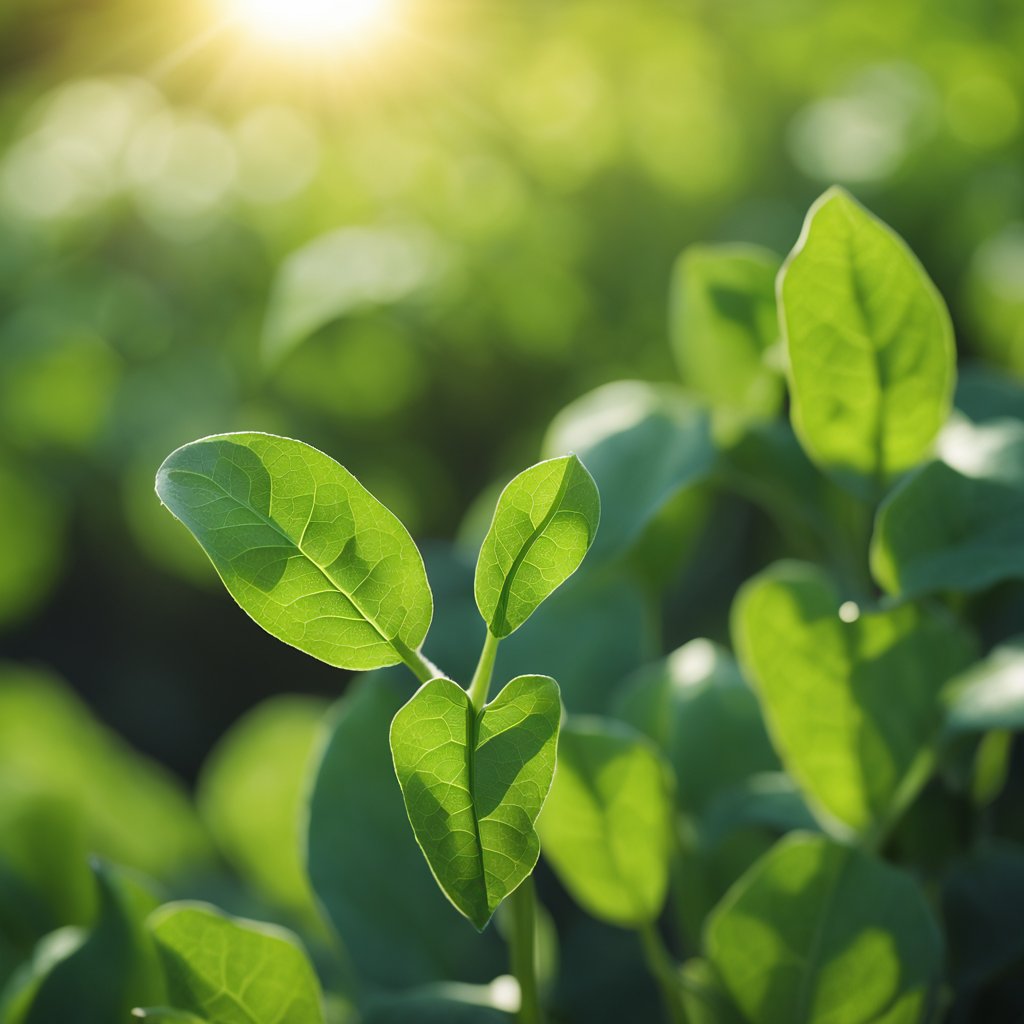
Have you ever wondered if there is such a thing as a blue apple? The idea of blue apples may seem fantastical, but some people claim that they have seen or even tasted them. Are blue apples really a natural phenomenon, or are they the result of genetic modification, artificial coloring, or even a hoax? In this article, we will explore the existence of blue apples, the varieties that may have a bluish hue, and the quest for creating a truly blue apple. This article is worth reading if you are curious about the diversity and mystery of apple varieties, and if you want to learn how to distinguish fact from fiction when it comes to blue apples.
What is a Blue Apple?
A blue apple is a variety of apple that has a blue color or a bluish tint on its skin or flesh. Blue apples are very rare and elusive, and they are not commonly found in the market or in the wild. There are different types of blue apples, depending on their origin, color, and flavor. Some blue apples are naturally occurring, while others are the result of genetic modification, artificial coloring, or experimentation.
Are There Naturally Blue Apples?
One of the most intriguing questions is whether there are naturally blue apples, that is, apples that have a blue color or a bluish tint without any human intervention or manipulation. The answer is not straightforward, as it depends on how we define blue and how we measure the color of apples.
Color is a subjective perception that depends on the light source, the observer, and the object. Different people may perceive the same color differently, and the same color may look different under different lighting conditions. Therefore, what one person may call blue, another person may call purple, green, or gray. Moreover, color is not a single attribute, but a combination of hue, saturation, and brightness. Hue is the basic color, such as red, yellow, or blue. Saturation is the intensity or purity of the color, and brightness is the amount of light reflected by the color. Therefore, a blue color can have different shades, tones, and tints, depending on its saturation and brightness.
When it comes to measuring the color of apples, there are different methods and standards that can be used. One of the most common methods is the Royal Horticultural Society (RHS) Colour Chart, which is a set of standardized color swatches that can be used to compare and identify the color of plants and fruits. The RHS Colour Chart has 884 colors, divided into four groups: red-purple, yellow-red, green, and blue. Each color has a code that indicates its hue, saturation, and brightness. For example, the code 96A indicates a blue hue with high saturation and medium brightness. However, the RHS Colour Chart is not the only method, and there may be other ways to measure and classify the color of apples.
Given these complexities, it is not easy to say whether there are naturally blue apples. However, based on the available evidence, we can say that there are no naturally blue apples that have a true blue hue, such as the color of the sky or the ocean. However, there are some apple varieties that may have a bluish tint, especially when they are unripe, under certain light conditions, or when they have a bloom or a wax coating on their skin. A bloom is a natural substance that some fruits produce to protect themselves from moisture loss, insects, and fungi. A wax coating is a natural or artificial substance that some fruits have to enhance their appearance, shelf life, and quality. Both a bloom and a wax coating can affect the color of the fruit, making it appear bluer than it actually is.
What are the Varieties of Blue Apples?
Although there are no naturally blue apples that have a true blue hue, there are some apple varieties that may have a bluish tint. These varieties are not widely available, and they are often considered heirloom, rare, or exotic. Some of the varieties of blue apples are:
- Blue Pearmain Apple: This is an old variety of apple that originated in New England in the 1800s. It is named after its pear-like shape and its bluish color. The Blue Pearmain Apple has a dark red skin with a blue bloom that gives it a bluish-gray appearance. The flesh is white, crisp, and juicy, with a sweet and spicy flavor. The Blue Pearmain Apple is good for fresh eating, cooking, and cider making. It is also a favorite of Henry David Thoreau, who wrote about it in his journal. – Blue Banana Apple: This is a rare variety of apple that originated in Japan. It is named after its banana-like shape and its blue color. The Blue Banana Apple has a yellow skin with a blue blush that gives it a bluish-green appearance. The flesh is white, firm, and tart, with a banana-like flavor. The Blue Banana Apple is good for fresh eating, baking, and drying. It is also a novelty fruit that attracts attention and curiosity. – Blue Moon Apple: This is a new variety of apple that is the result of genetic modification. It is named after its blue color and its rarity. The Blue Moon Apple has a blue skin and a blue flesh that are both genetically modified to produce blue pigments. The flavor is similar to a Granny Smith apple, but with a hint of blueberry. The Blue Moon Apple is good for fresh eating, juicing, and decorating. It is also a controversial fruit that raises ethical and environmental concerns.
How to Create Blue Apples?
Some people may wonder how to create blue apples, either for fun, for science, or for business. There are different ways to create blue apples, depending on the desired outcome, the available resources, and the ethical implications. Some of the ways to create blue apples are:
- Artificial Coloring: This is the simplest and cheapest way to create blue apples, but also the least natural and the most deceptive. Artificial coloring involves applying a blue dye or a blue paint to the skin or the flesh of the apple, either by spraying, dipping, or injecting. Artificial coloring can change the appearance of the apple, but not the flavor, the texture, or the nutritional value. Artificial coloring can also be harmful to the health of the consumers and the environment, as some artificial colors may contain toxic or allergenic substances. Therefore, artificial coloring is not recommended, and it is illegal in some countries.
- Genetic Modification: This is the most advanced and expensive way to create blue apples, but also the most controversial and risky. Genetic modification involves altering the DNA of the apple, either by inserting, deleting, or editing genes that are responsible for the color of the apple. Genetic modification can change the appearance, the flavor, the texture, and the nutritional value of the apple, depending on the genes that are modified. Genetic modification can also have unintended consequences for the health of the consumers and the environment, as some genetically modified organisms may cause allergic reactions, gene transfer, or ecological imbalance. Therefore, genetic modification is highly regulated, and it is banned in some countries.
- Natural Selection: This is the most natural and ethical way to create blue apples, but also the most difficult and time-consuming. Natural selection involves selecting and breeding apple varieties that have a bluish tint, either naturally or due to a mutation, and gradually enhancing their blue color over generations. Natural selection can change the appearance, the flavor, the texture, and the nutritional value of the apple, depending on the traits that are selected. Natural selection can also have positive effects for the health of the consumers and the environment, as some natural colors may have antioxidant, anti-inflammatory, or anti-microbial properties. Therefore, natural selection is the preferred method for creating blue apples, but it requires patience, skill, and luck.
Why are Blue Apples Fascinating?
Blue apples are fascinating because they challenge our expectations and perceptions of what an apple should look like, taste like, and be like. Blue apples are also fascinating because they represent the diversity and mystery of nature, the creativity and curiosity of humans, and the potential and limits of science. Blue apples are also fascinating because they evoke different emotions and associations, such as wonder, surprise, delight, confusion, skepticism, or disgust. Blue apples are also fascinating because they inspire different questions and conversations, such as:
- What makes an apple an apple?
- What is the meaning and significance of color?
- What is the role and responsibility of humans in shaping nature?
- What are the benefits and risks of genetic modification?
- What are the ethical and environmental implications of creating blue apples?
Summary
In this article, we have explored the existence of blue apples, the varieties that may have a bluish hue, and the quest for creating a truly blue apple. We have learned that:
- There are no naturally blue apples that have a true blue hue, such as the color of the sky or the ocean.
- There are some apple varieties that may have a bluish tint, especially when they are unripe, under certain light conditions, or when they have a bloom or a wax coating on their skin. Some examples are the Blue Pearmain Apple, the Blue Banana Apple, and the Blue Moon Apple.
- There are different ways to create blue apples, depending on the desired outcome, the available resources, and the ethical implications. Some examples are artificial coloring, genetic modification, and natural selection.
- Blue apples are fascinating because they challenge our expectations and perceptions of what an apple should look like, taste like, and be like. Blue apples are also fascinating because they represent the diversity and mystery of nature, the creativity and curiosity of humans, and the potential and limits of science.




